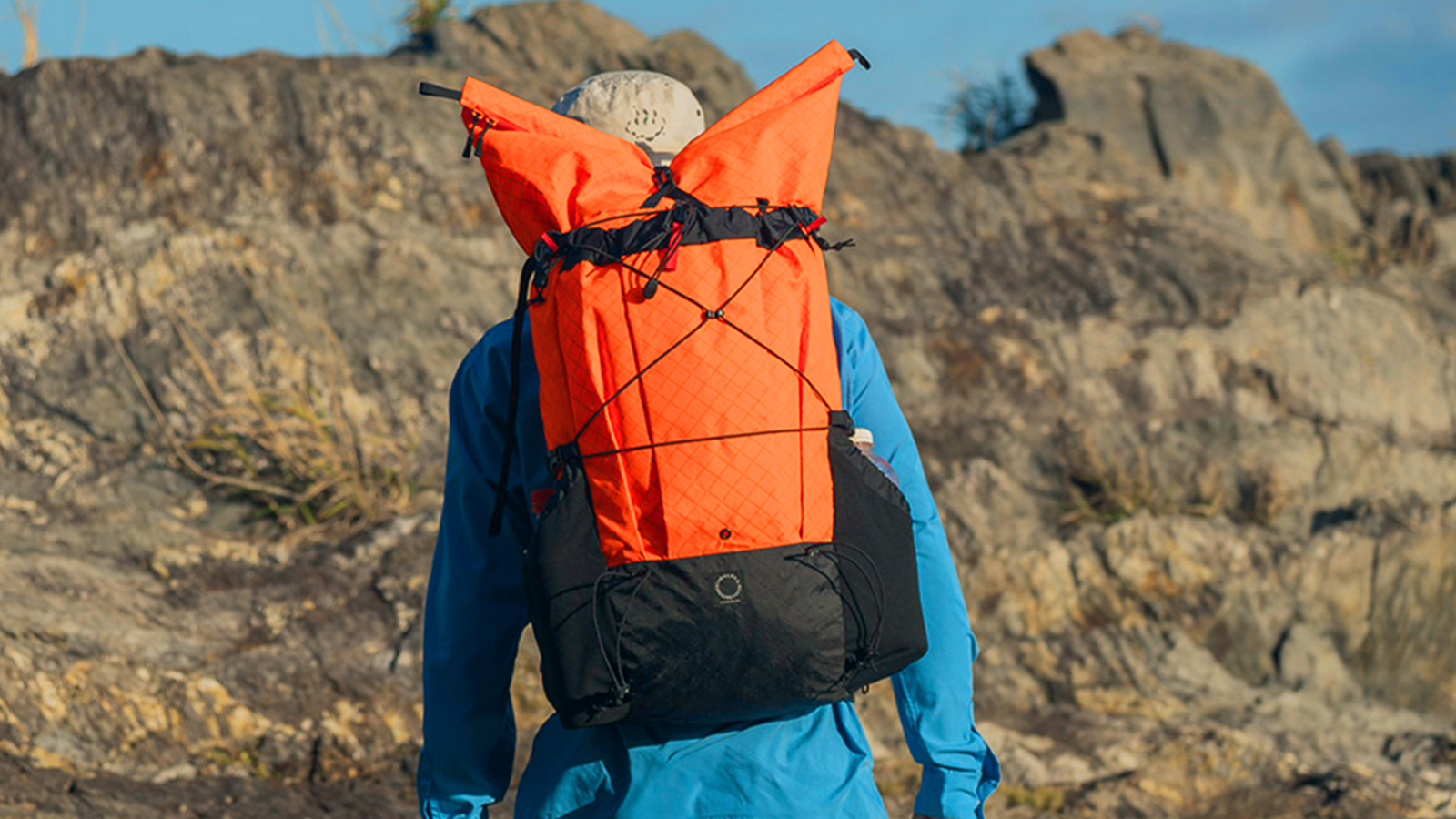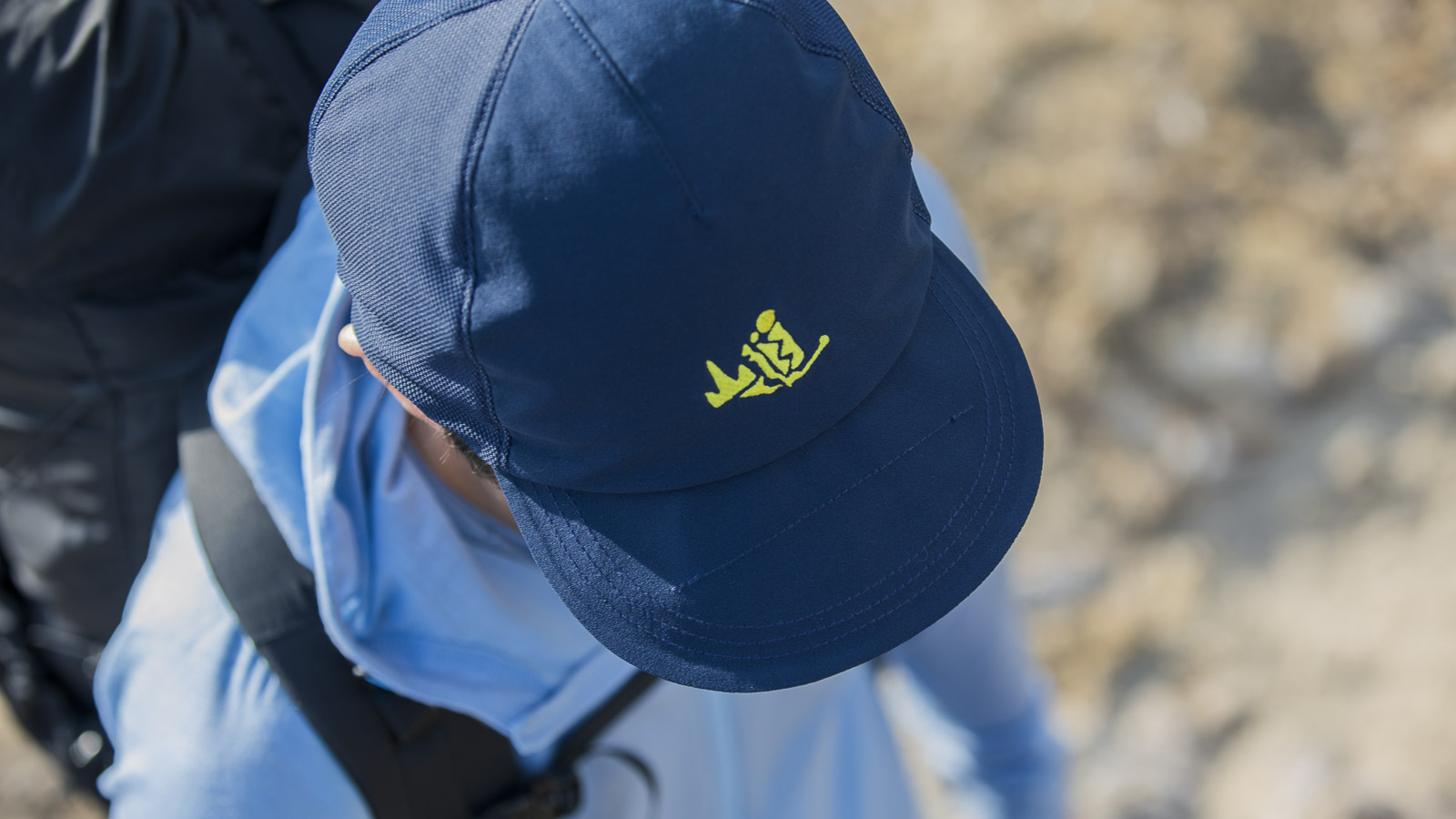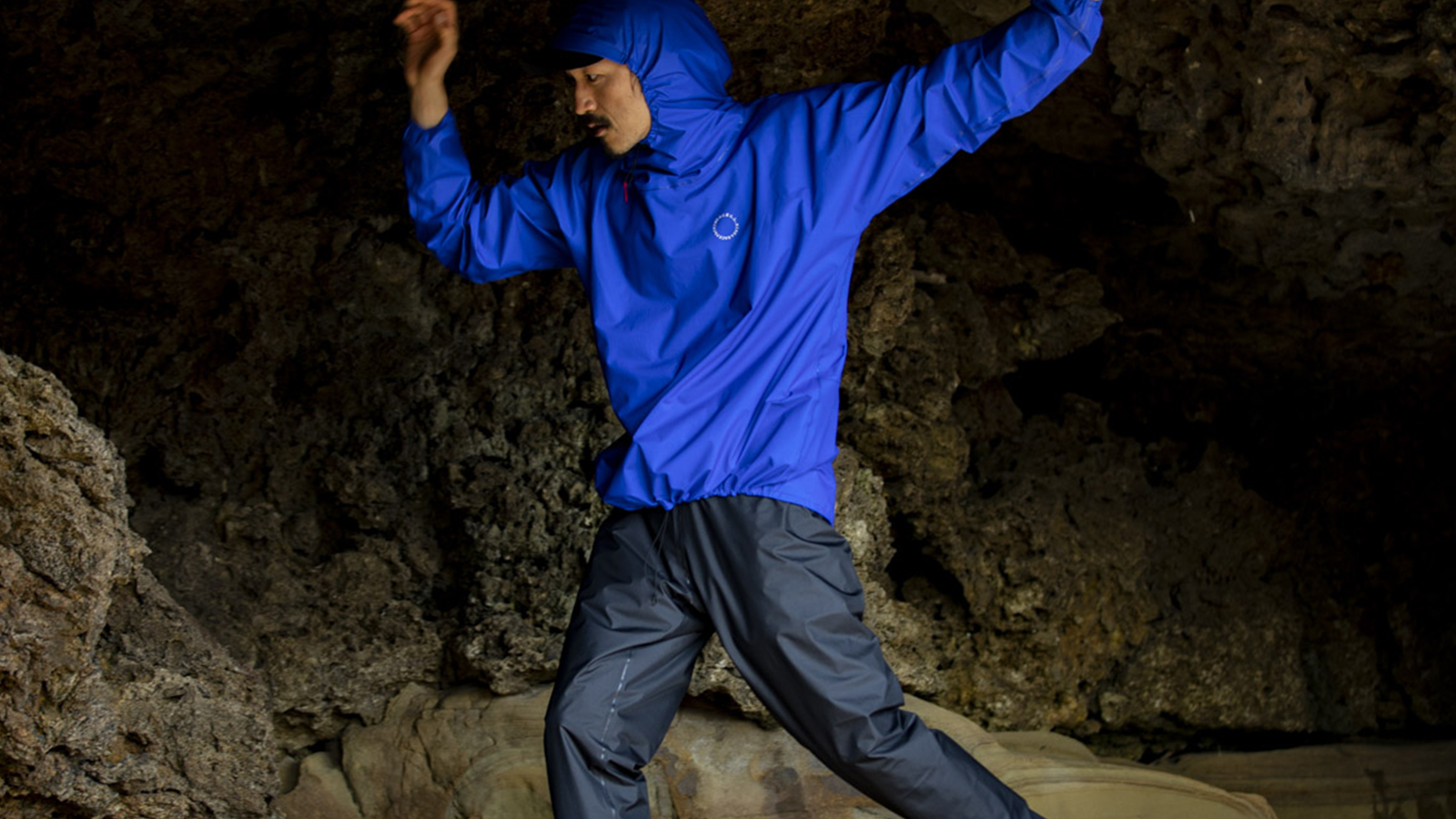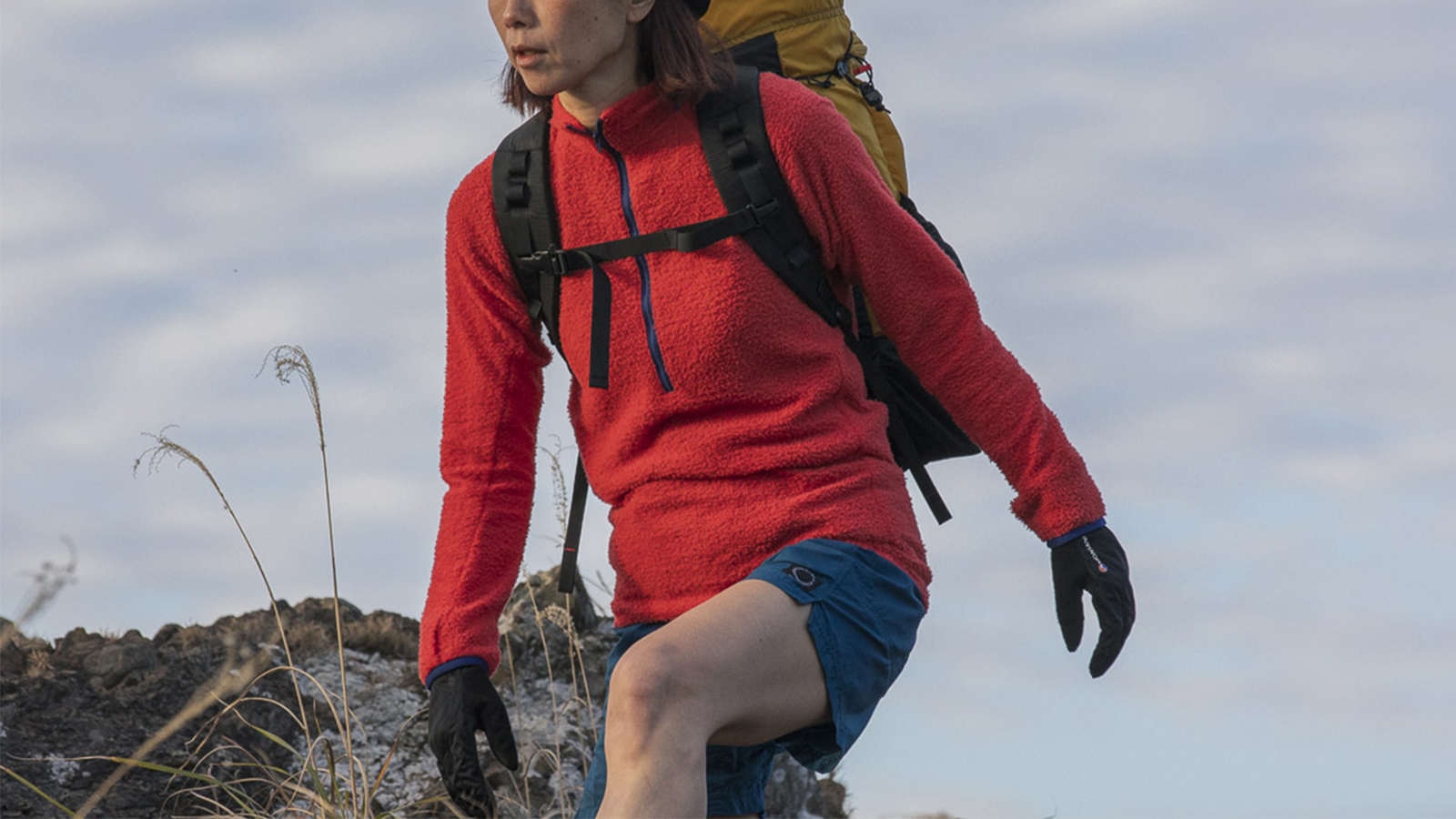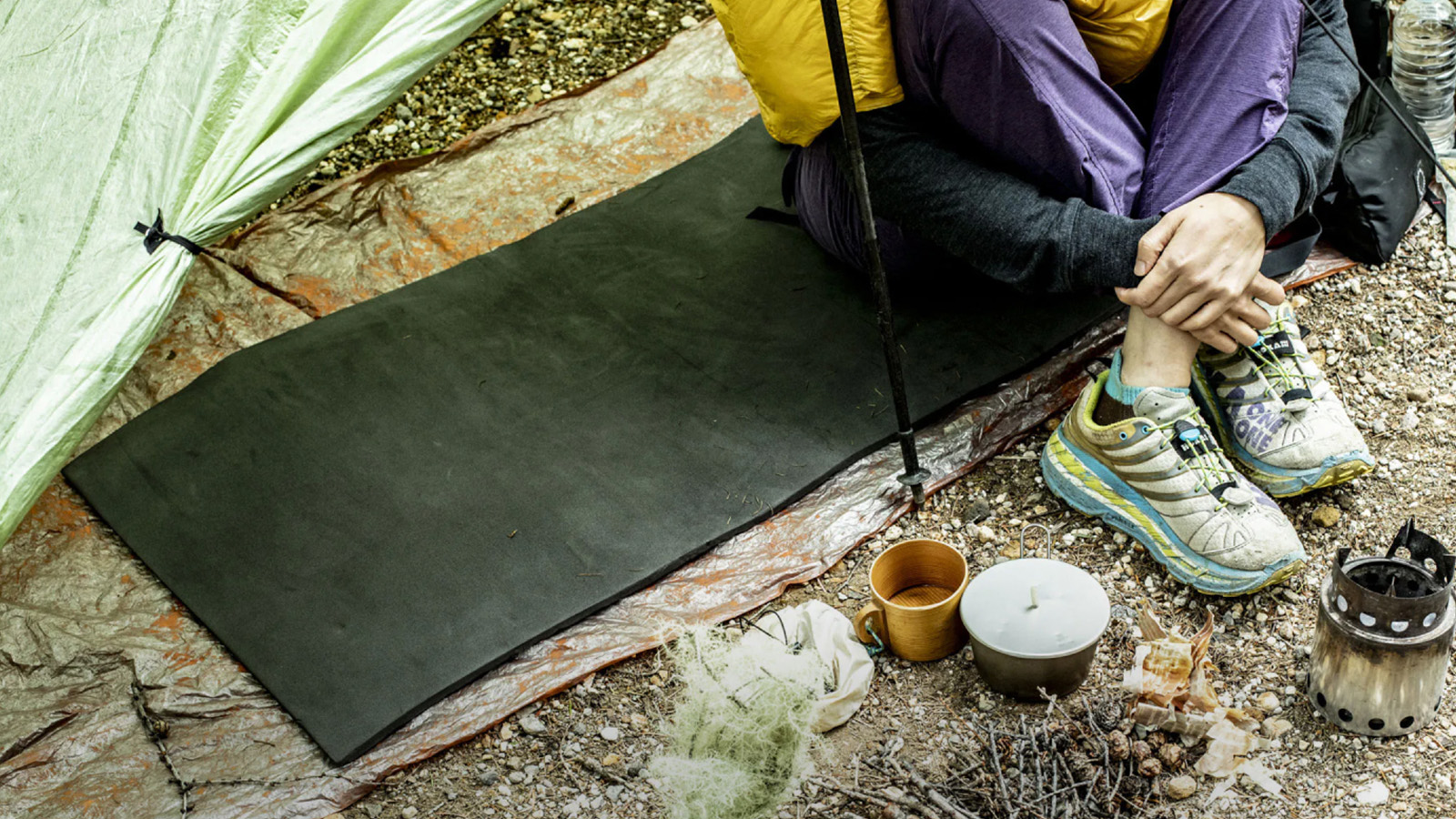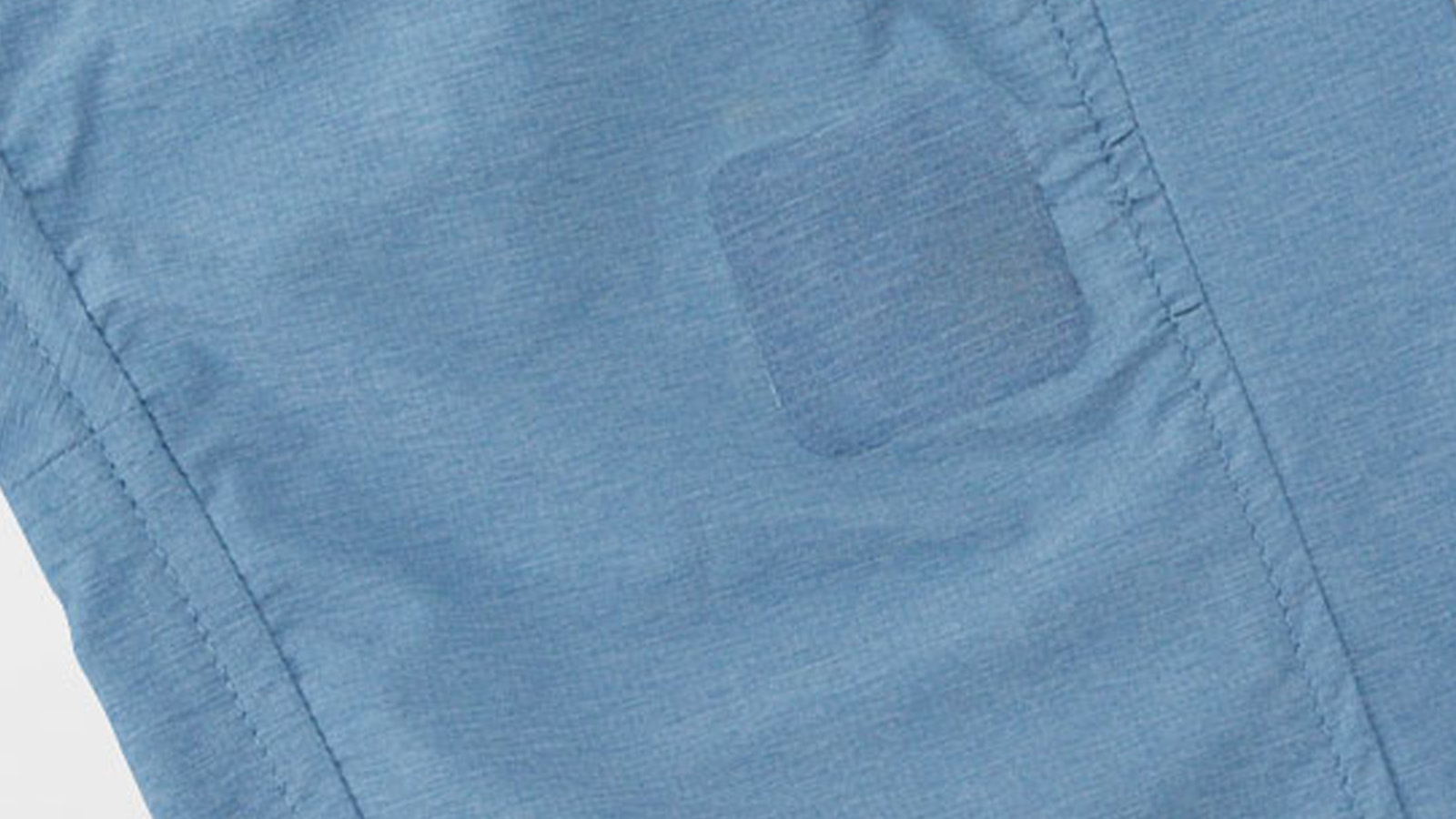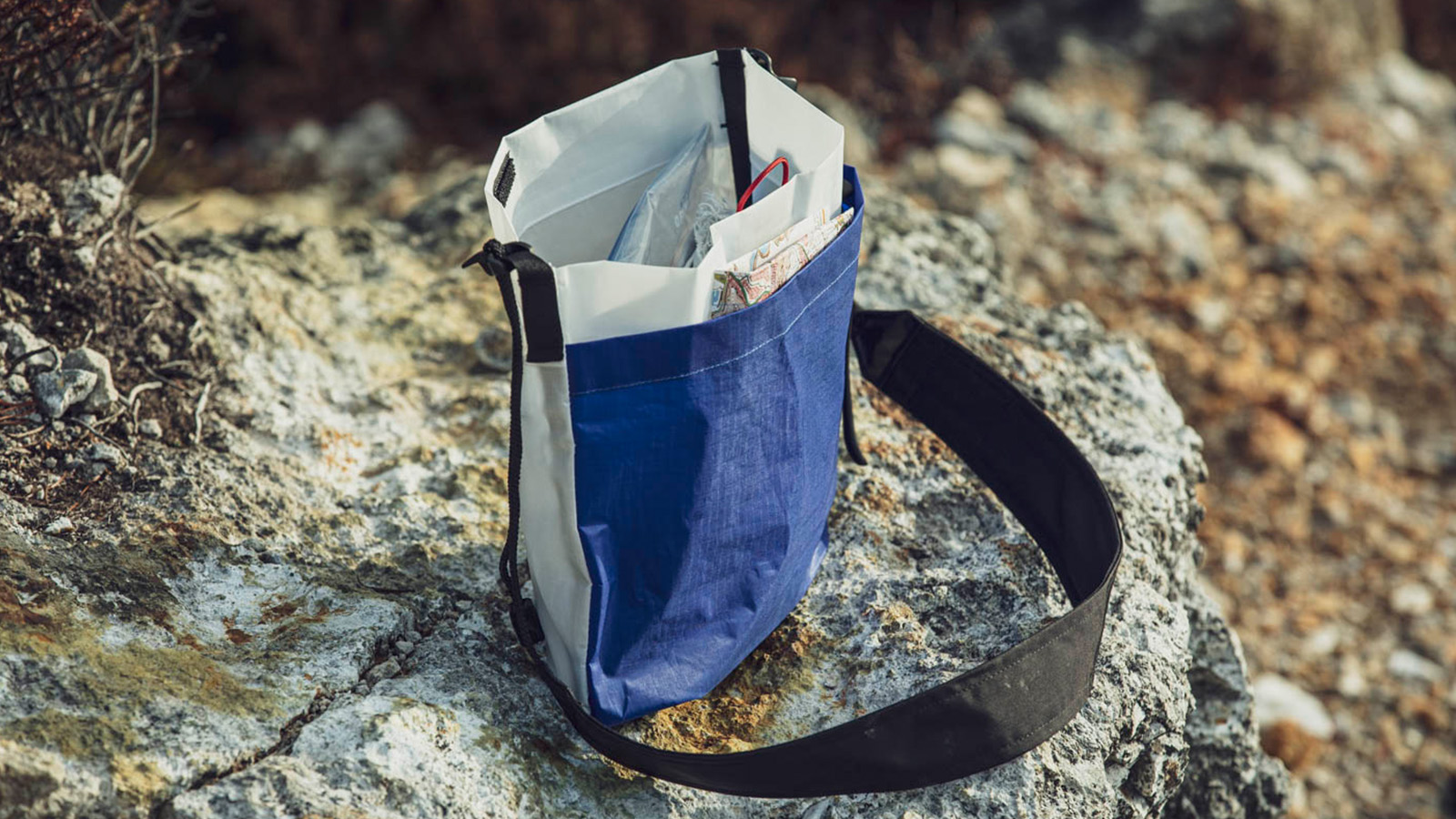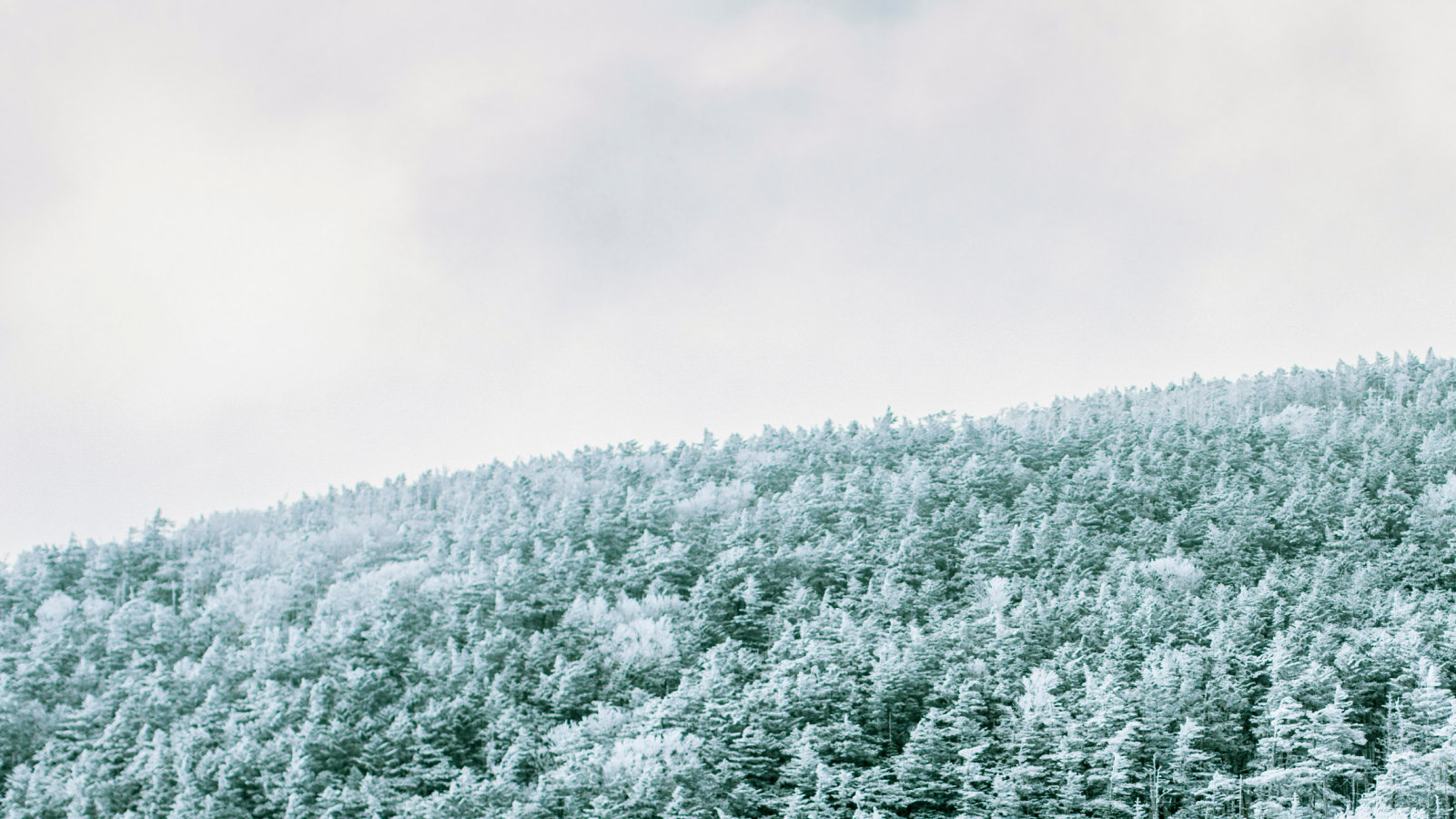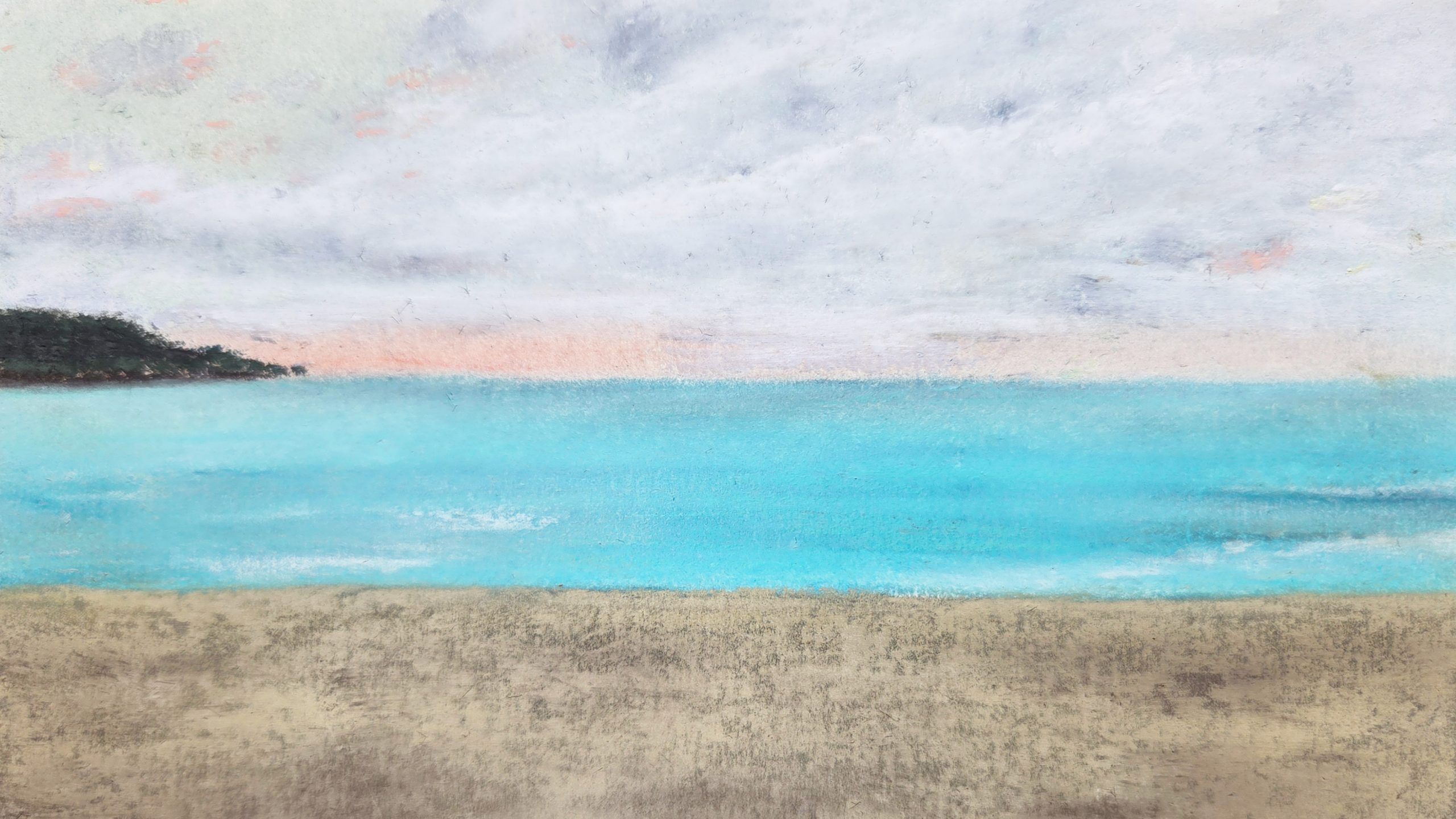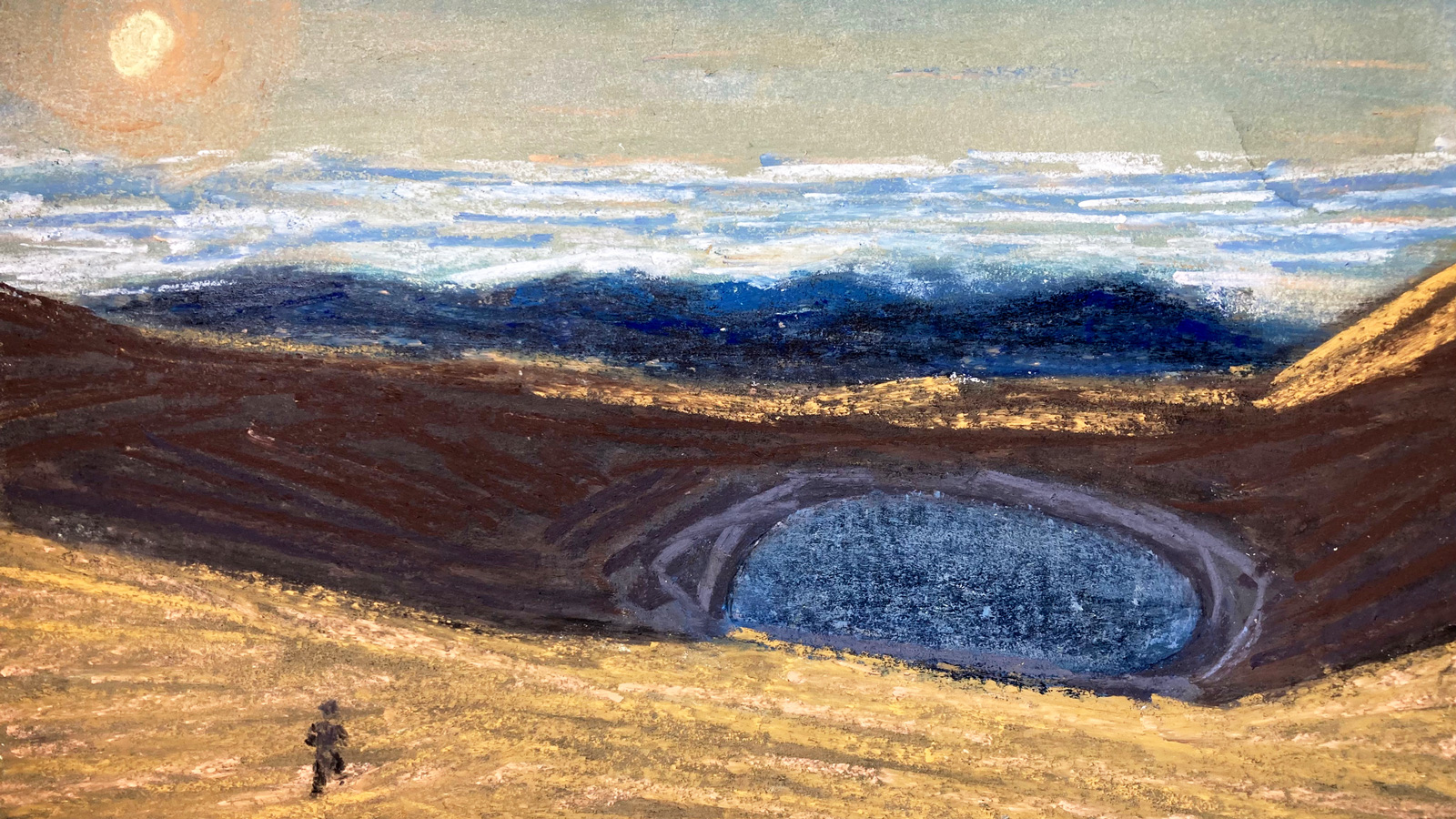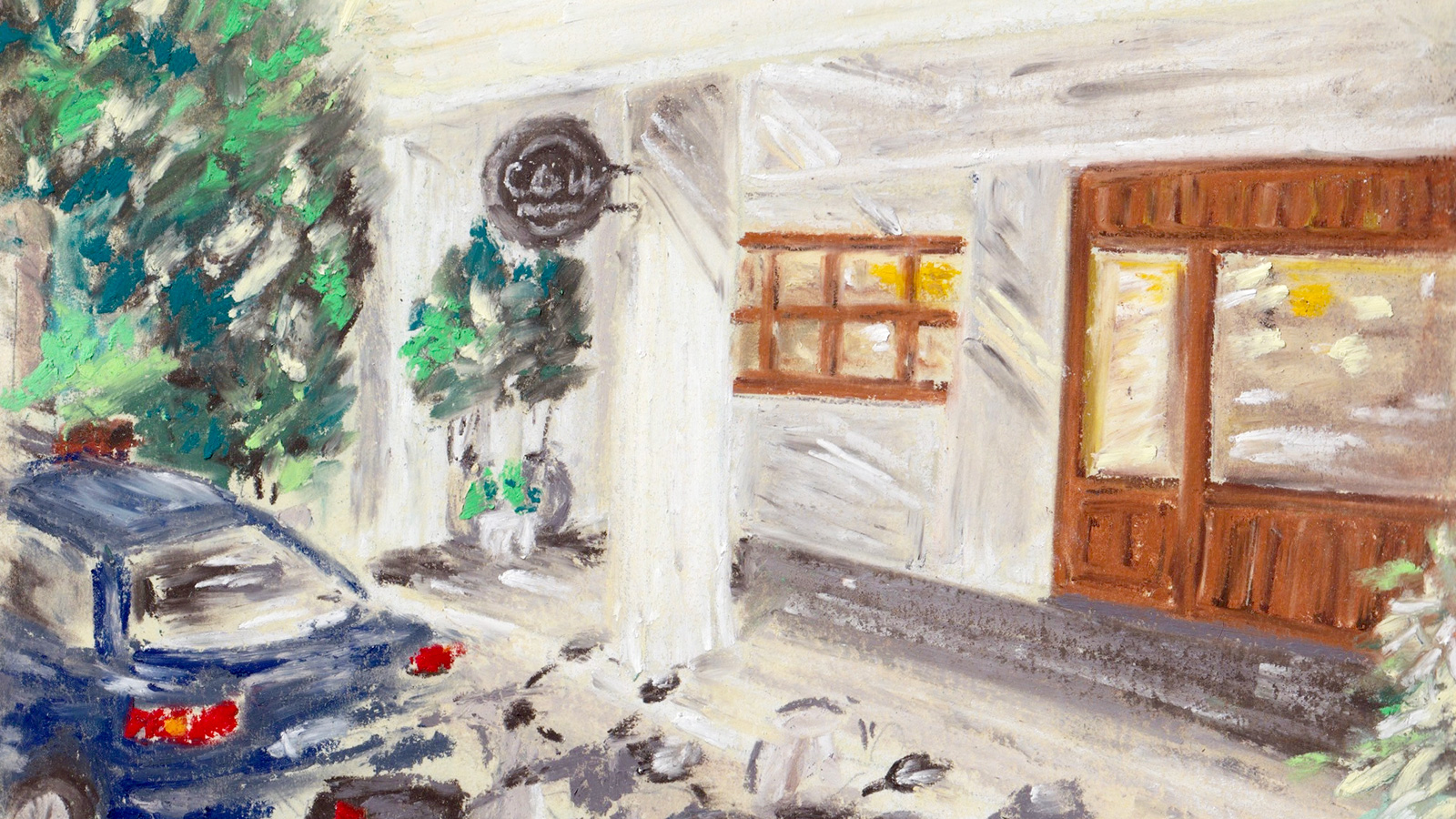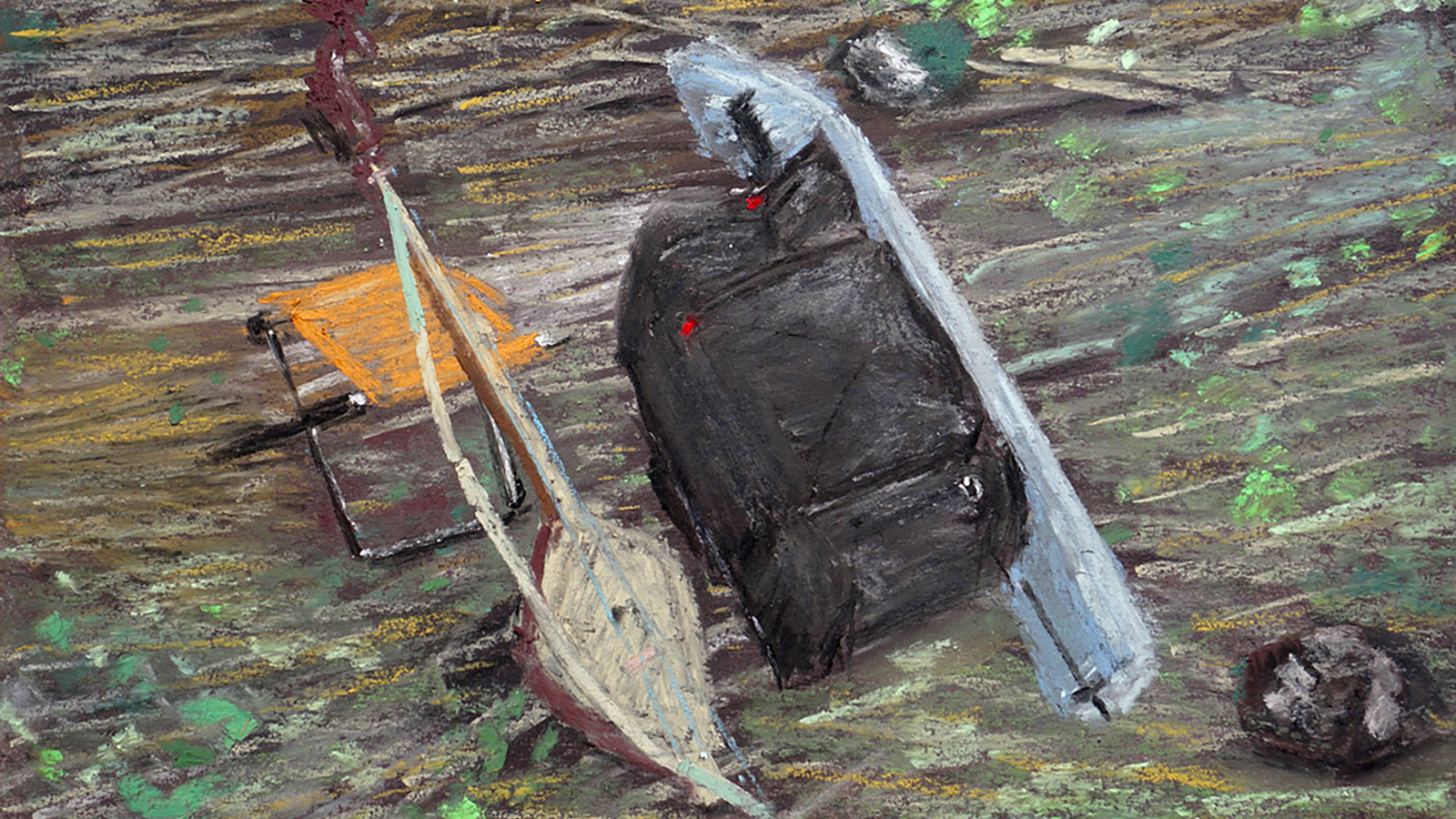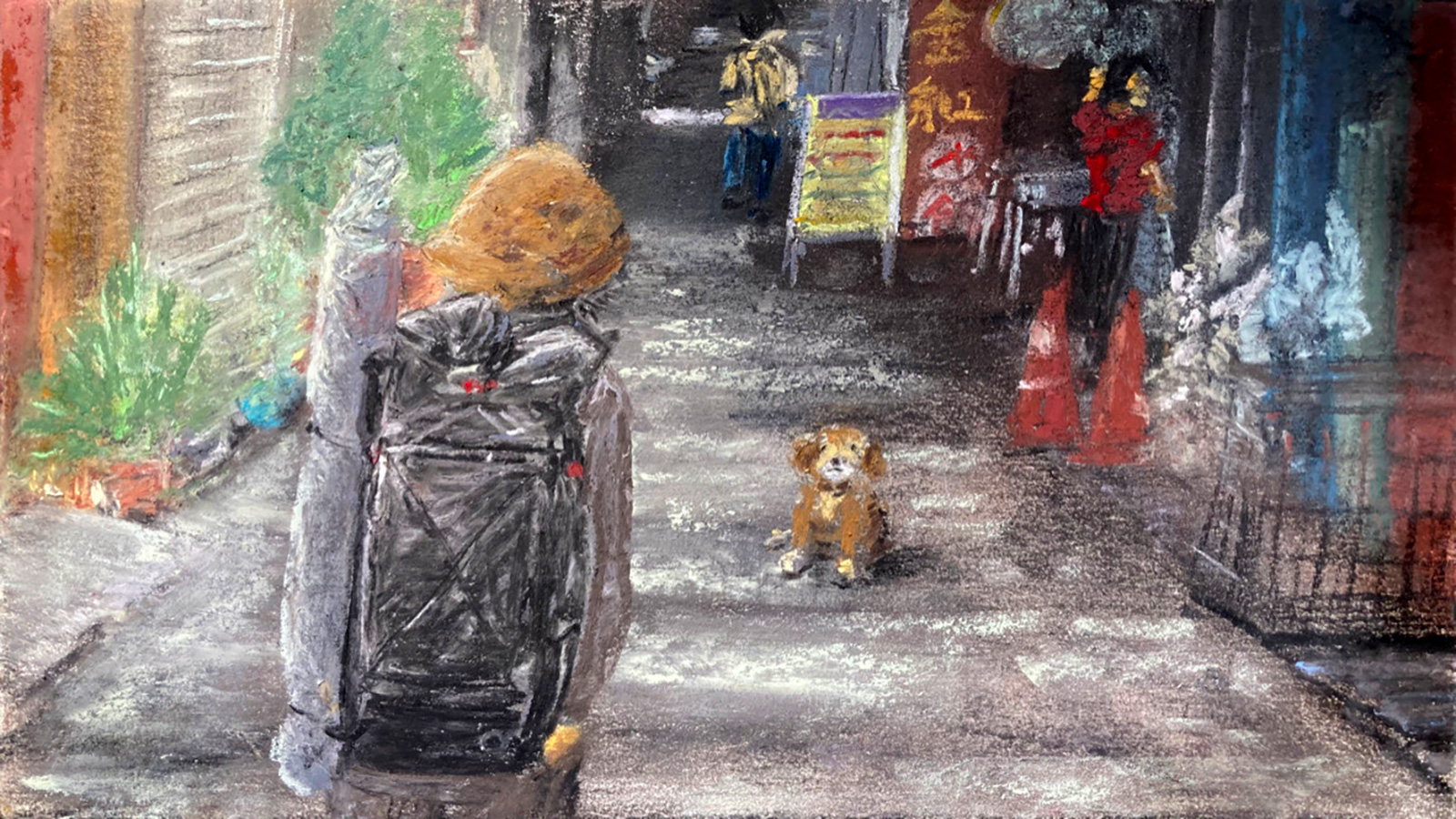#1 Prologue: From the Shikoku Pilgrimage to the Taiwan Pilgrimage
#1 Prologue: From the Shikoku Pilgrimage to the Taiwan Pilgrimage
Takuya Sasa is a traveler who has journeyed through more than 60 countries, a musician who plays the morin khuur (horsehead fiddle) and performs throat singing (khoomei), a researcher of raw food and vegetarian cuisine, and a pastel artist. He now lives a self-sufficient, self-built lifestyle along the Shimanto River in Kochi Prefecture.
In his 25th year of traveling, Sasa embraced ultralight for the first time. With a lighter pack, he spent two months in 2024 walking across Taiwan.
His stories of the people and lives he encountered on foot in Taiwan are deeply fascinating. We couldn’t help but wonder—what would someone like him feel and experience after going ultralight? That curiosity led us to invite him to share his journey here in Yamatomichi Journal.
For now, this is just the prologue. In this first installment, Sasa introduces himself and explains how his Taiwan journey came to be. But even from this starting point, you can already sense the rich atmosphere of his travels.
It may feel a little different from the usual hiker’s journeys we feature in this Journal—but we invite you to join Sasa on this extraordinary adventure, where many small miracles unfolded.
Self-Introduction
Hello, my name is Takuya Sasa.
From January to March of 2024, I spent two months traveling on foot across Taiwan. Much like the Shikoku Pilgrimage, I journeyed by walking, camping under the open sky, and then walking again.
This was also my first time adopting an ultralight hiking style after learning about the concept. Since my student days, I’ve spent around 25 years traveling the world. I’d like to share some stories from these journeys I’ve undertaken.
To begin, and as part of my self-introduction, let me walk you through my travel history so far.
I started traveling in my early twenties, and in terms of countries visited, I’ve journeyed through nearly 70 countries worldwide. The biggest adventure I’ve ever taken was from 2004 to 2005, when I spent an entire year traveling on horseback from Costa Rica to Guatemala in Central America.


The horse that accompanied me on my Central American horseback journey was my trusted partner, whom I named “TABI”. In Japanese, “tabi” (旅) simply means “journey” or “travel”.

For one year, I rode on horseback, traveling with a group of multinational friends, camping out under the stars as we journeyed together.
When it comes to gear, well, even back then — or rather, until quite recently — my mindset was: “If you can carry it, why not bring more for the fun of it?” I used to travel with a 70-liter backpack, packed full and heavy with all sorts of things that made the journey more enjoyable.

The style of my travels back then wasn’t really that of a hiker, but more like a backpacker or even a hippie.
So, what exactly was I carrying around back then to make my pack so heavy?
At that time, my mindset wasn’t just about “traveling” — I wanted to live in the places I visited.
To keep traveling overseas for years at a time, it became important to figure out how to earn money through self-expression. And so, I carried gear that allowed me to do just that.
Alongside the basics for camping — food, clothing, shelter — I packed musical instruments to perform with and materials and tools for crafting shoes, accessories, and other handmade items to sell along the way. Naturally, that made my pack pretty heavy! (For more details on what kind of journey that was, check out my book TABI no Ohanashi-kai.)
But back then, I needed all of that.
Even now, after discovering ultralight hiking, I still think fondly of that style. Creating and sharing my work wherever I traveled, turning it into a way to connect and make a living — it was a joyful, vibrant way of life. Even today, within Japan, I continue to engage with society through creative expression.
As for my more recent travels, during my 2021-2022 Shikoku Pilgrimage, I carried a 65-liter backpack from Gregory or Osprey, weighing about 16 to 18 kilograms.
Honestly, I had never committed to such a long-term walking journey before, and after completing it, I reflected: “Yeah, that was definitely too heavy for a walking trip…”
It was after that experience that I discovered ultralight hiking, and it really resonated with my newfound desire:
“If I can make it lighter, I want to make it lighter.”

During my Shikoku Pilgrimage, standing on the coast of Kochi Prefecture.
The long, tube-shaped item you see is my morin khuur (horsehead fiddle), which I played at various places along the way.
To be honest, the ultralight concept of simply making things lighter was a completely new perspective for me — one that had never really entered my way of thinking before.
For so long, my identity as a traveler was tied to self-expression through music and craftwork. My mindset had always been to carry whatever I needed to do what I love, even if it meant hauling a little extra weight. That approach guided me through every journey up until now.
But after discovering the world of ultralight and fully embracing it during my Taiwan trek, I realized something important: it is possible to lighten my load and still express myself creatively on the road.
This realization opened up a whole new world for me. It felt like I connected more deeply with my true self, unlocking a sense of confidence that had not been there before.
In this article, I hope to share not only the incredible experiences from my Taiwan walking journey, but also the insights and reflections I’ve gathered after 25 years of traveling and finally embracing ultralight.
Living Simply: What Led Me to Taiwan
First, let me share a bit about how I came to decide on traveling to Taiwan.
I had always wanted to travel there. But why, exactly? And since when had I been carrying that feeling?
Looking back, I realize that this desire had been with me ever since I moved from Tokyo to the banks of the Shimanto River in Kochi Prefecture in 2013 and began my life in the countryside.
If I were to list out the elements I was seeking through country living, the keywords might be: simplicity, the good old ways, self-sufficiency, and contentment with little (ware tada taru wo shiru).
What I truly wanted was to feel the beauty held within these words, to live each day embodying them in my life. After years of traveling overseas, this felt like the next place my heart was longing to explore.
And as I settled into life in Shimanto, I began to sense that many of these elements might still be alive in neighboring Taiwan.
Of course, that was just my assumption, but something within me — some kind of inner sensor — responded strongly to the idea. I wanted to experience that for myself. Now that I had built a home base in Shimanto and had gained some grounding in this way of life, I felt that this was the right moment to explore a culture and way of living that shares a similar view of nature with Japan.
Perhaps it was because I had crafted a lifestyle centered on self-sufficiency and self-built structures with my own hands.
Having this foundation gave me the sense that when I encountered different or multicultural ways of living, I would feel those differences more deeply and be able to learn even more from them.
The Pandemic: If I Were to Walk the Pilgrimage, Now Was the Time
It was around the time I began feeling this pull that the pandemic struck, disrupting what had always been my everyday life: travel. Suddenly, something so natural to me was no longer possible. But this change in the world pushed me toward setting out on the Shikoku Pilgrimage. Unable to travel abroad, I turned my longing into a journey closer to home.
I had known about the Shikoku 88 Temple Pilgrimage for over a decade, ever since I first started thinking about moving to Shikoku. As someone who loved both travel and spiritual practice, it was something I had always wanted to attempt.

A Jizo statue photographed at one of the pilgrimage temples.
Scenes like this are found all across Shikoku.

Chanting the Heart Sutra at every temple along the pilgrimage.
Yet after settling in Shimanto, within Shikoku itself, the pilgrimage became part of my everyday environment. Shikoku was no longer just a sacred place to visit—it became my home. Somehow, when something feels easily within reach, we tend to place it in a box labeled “someday,” while yearning for things that feel more distant. The pilgrimage stayed in that box, buried in my daily life.
Then the pandemic arrived, upending the very definition of “daily life.” It felt like the right moment to open that long-neglected box. The thought struck me: If I were ever going to walk the pilgrimage, now was the time. And so I set off.

During the pilgrimage, I also spent time drawing.
“Tosa-Shimizu Viewed Across the Bay” (October 14, 2021)
Unlike many who start from the first temple, I began my pilgrimage from my own front door. Living in Shikoku already, it felt fitting to take the first step right from home, transitioning from everyday life into pilgrimage mode. I wanted to feel that gradual shift—starting at my doorstep as point zero—and observe how my perception of familiar landscapes might change.
One encounter stands out from that first day. Dressed in the traditional white pilgrim robes, I met my neighbor in the village.
Neighbor: “What are you up to? Heading out on the pilgrimage?”
Me: “Yes, I’m setting off on the pilgrimage.”
Neighbor: “Is that so? Well, good for you! Best of luck!”
It was a conversation I had never had before. Of course, wearing the pilgrim robes, this exchange was natural. But even so, I felt a warm encouragement in those words—a different texture than usual. Even in the same landscape, surrounded by the same people, I felt myself stepping into a different layer of experience.
Later that day, I visited a friend’s house nearby. They handed me a rice ball with a smile, wishing me well. Sitting by the roadside, I ate that rice ball, and it tasted more delicious than anything. It was a road I had driven past many times, but from that day on, every time I drove by, I found myself saying, “Ah, that’s where I had that rice ball.”

A rice ball my friend made for me.
Walking the pilgrimage through my everyday surroundings added new stories to familiar places. By stepping into the role of a pilgrim and entering a different state of mind, I found myself weaving important new narratives into the fabric of my daily life. Little shoots of stories sprouted and grew from all around me.
This was a major discovery for me. I had always thought that travel meant going somewhere distant, encountering the unknown in foreign lands. But I realized that turning daily moments into treasures depends entirely on my own mindset. I found joy in reconnecting with the deeper roots beneath the familiar.
The real beauty of the pilgrimage for me was walking close to the everyday lives of people. I love feeling the rhythms of daily life and human activity. By moving at the pace of walking, I reencountered familiar landscapes and people in new ways, experiencing a gradient shift between travel and daily life. The spaces I moved through felt rich with both the comfort of travel and the affection of home.

People visiting and praying at the pilgrimage temples.

When I received osettai (acts of kindness) from the local people.

Amid the beautiful rural landscape, where rice-drying racks (inaki) stand gracefully.
On top of that, walking the pilgrimage wasn’t just about moving horizontally across Shikoku—it was also about moving vertically through time. Encountering people’s prayers and witnessing the layers of history and faith gave me a deeper understanding of the land. Each step I took was also a step into the present moment, connecting me with past and future.
If I were to call this practice something, I might say it was spiritual training. But when I reflect on it, the first thing that comes to mind is simply this: it was fun. For me, this pilgrimage turned out to be a deeply enjoyable form of practice.
And so, after that experience, when I began thinking about traveling to Taiwan, these thoughts naturally surfaced:
Taiwan seems similar to Shikoku in size and in the kindness of its people (though I can’t explain why).
Maybe I could travel on foot and sleep outdoors, just like I did on the pilgrimage. After all, I enjoyed the pilgrimage so much.
If I could walk from city to countryside, I might connect even more deeply with the people and culture of the land.
With that in mind, walking Taiwan felt like the perfect way to fulfill my desire to experience life there.
Once You Jump Into the River, All That’s Left Is to Swim
And so, the preparations for my journey to Taiwan began. The essentials came down to information, gear, and mindset.
This time, when it came to information, I deliberately chose to do almost no research at all. I boarded the plane without even booking a place to stay for my first night in Taiwan. Whenever I dive too deeply into online research, I end up exhausting my precious time and energy before even setting off. Truthfully, I’m just not great at researching.
So this time, I decided to boldly head out without planning. I thought back to my younger days, when I would always find accommodations on foot after arriving in a new place. I would decide my next destination that very morning, based on live information from fellow travelers. Revisiting that kind of spontaneity felt right. With just a return ticket booked for two months later and a rough goal of walking Taiwan, I crossed the sea.
The only thing I prepared in advance was this two-month blank canvas of time. How would I fill it? I liked the idea of this open-ended, unstructured journey. For those with full-time jobs, this style might not be easy, but for me, it felt like a gift.
Traveling so lightly this time made that unplanned style even more liberating. Of course, it seems obvious, but I had never truly felt it before—this journey was a real eye-opener! Even with a musical instrument, my pack weighed around 5 kilograms.
On previous trips with a large backpack, the heaviness meant I had to find lockers at stations or check into hotels before exploring. Picking up checked baggage after flights added another step. But traveling light allowed me to step right off the train or bus and begin exploring immediately. Without the usual breaks between phases of movement, everything flowed more seamlessly.
This fluidity expanded the possibilities of travel. From the airport or the station, I could start wandering right away—like drawing a single continuous line without lifting the pen, giving me the feeling of navigating a whole new map of the same place.
I’ll save the packing details for another time, but before I left, I noticed something surprising in myself—I was feeling nervous and uneasy. These emotions intrigued me. Even as a seasoned traveler, I felt rusty after so long away from international journeys. It was also my first time visiting Taiwan, so there was the natural anxiety of entering the unknown.
Sure, booking accommodations in advance might have eased some of that anxiety, but that’s just not my style. Like the saying, once you jump into the river, all that’s left is to swim—I knew that as soon as I landed, I could trust the flow, and everything would fall into place. My past experiences gave me that sense of assurance.
In that way, experience itself becomes part of the travel gear. Reducing physical items is easier when you know that your past journeys are supporting you. This mindset helps lighten the load.
This gentle tension before setting off felt like the entryway into the journey, as though I had already stepped out of daily life into something new.
Next up: packing.
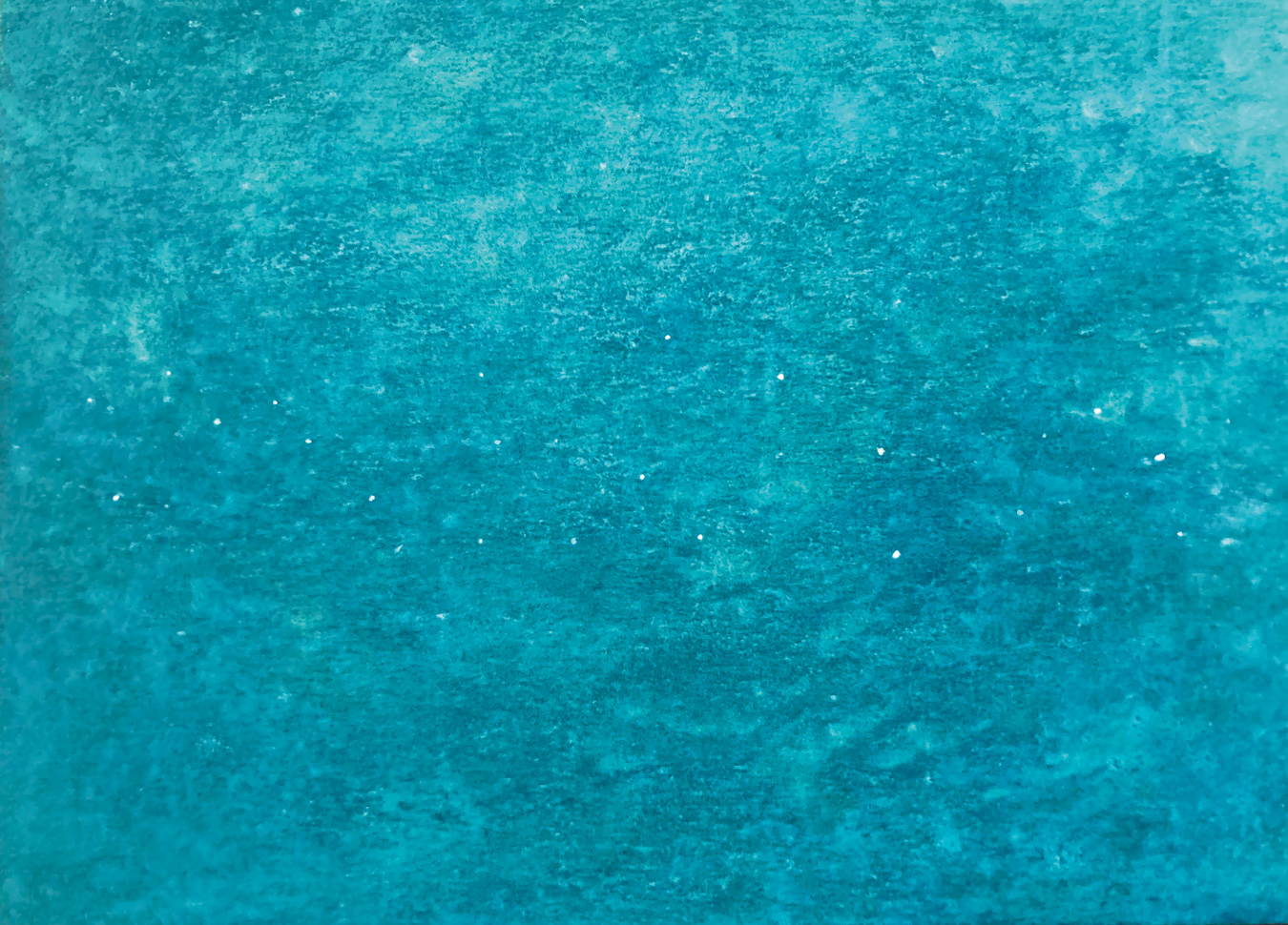
Once You Jump Into the River, All That’s Left Is to Swim
Reflection and Transmission
[Continued in #2]
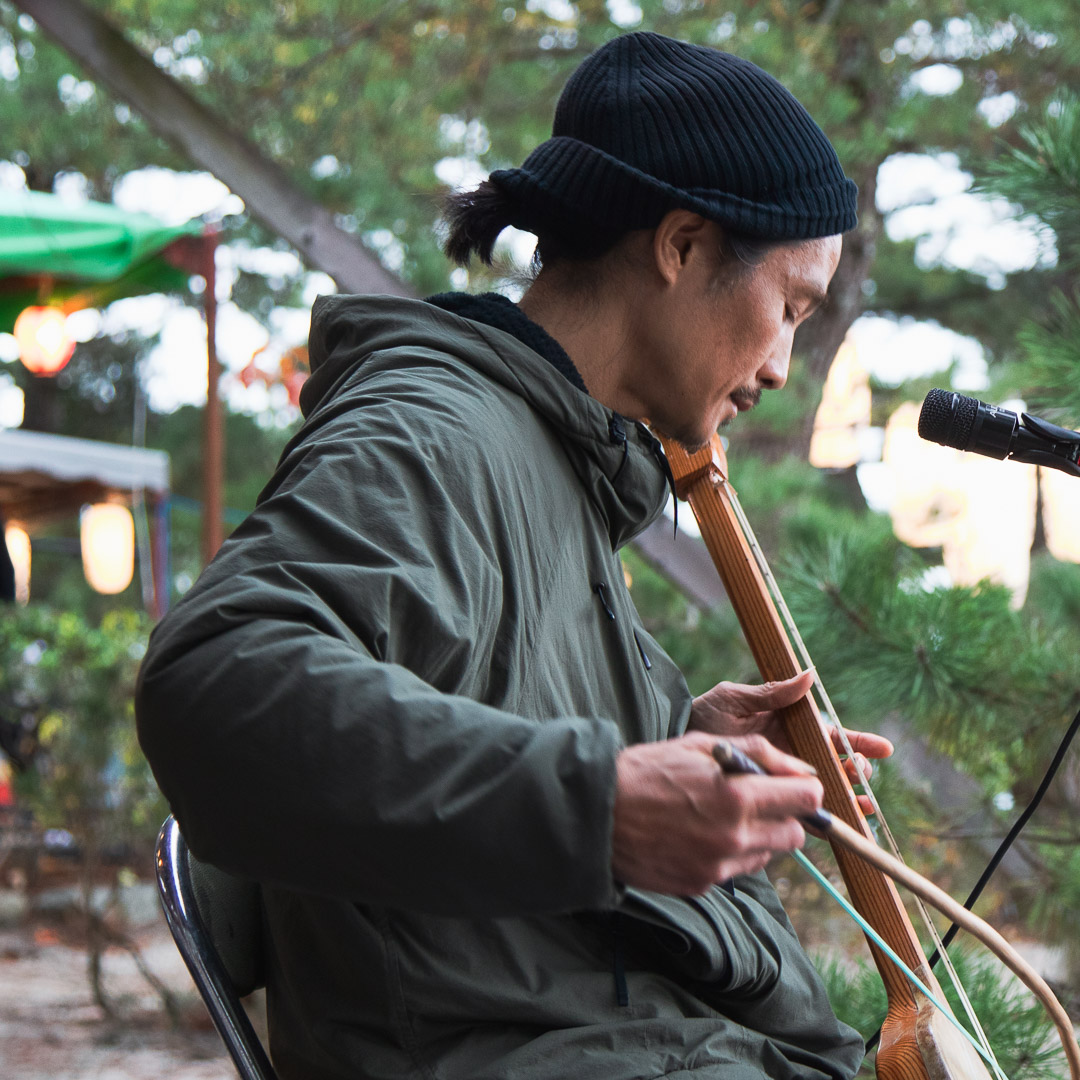
Born in Tokyo in 1979, Takaya Sasa has traveled through more than 60 countries, learning from life on the road—whether through cooking, music, shoemaking, or other crafts.
In 2013, he relocated to the banks of the Shimanto River in Kochi Prefecture, Japan, where he began building a lifestyle rooted in the land.
In 2016, he published The Salad Book (ささたくや サラダの本), a collection of raw food recipes and travel essays. He began creating pastel artwork in the summer of 2020, and in 2023, he self-published two books: TABI no Ohanashi-kai, a collection of travel stories, and Kurashi no Kage, a visual diary of daily life along the Shimanto.







